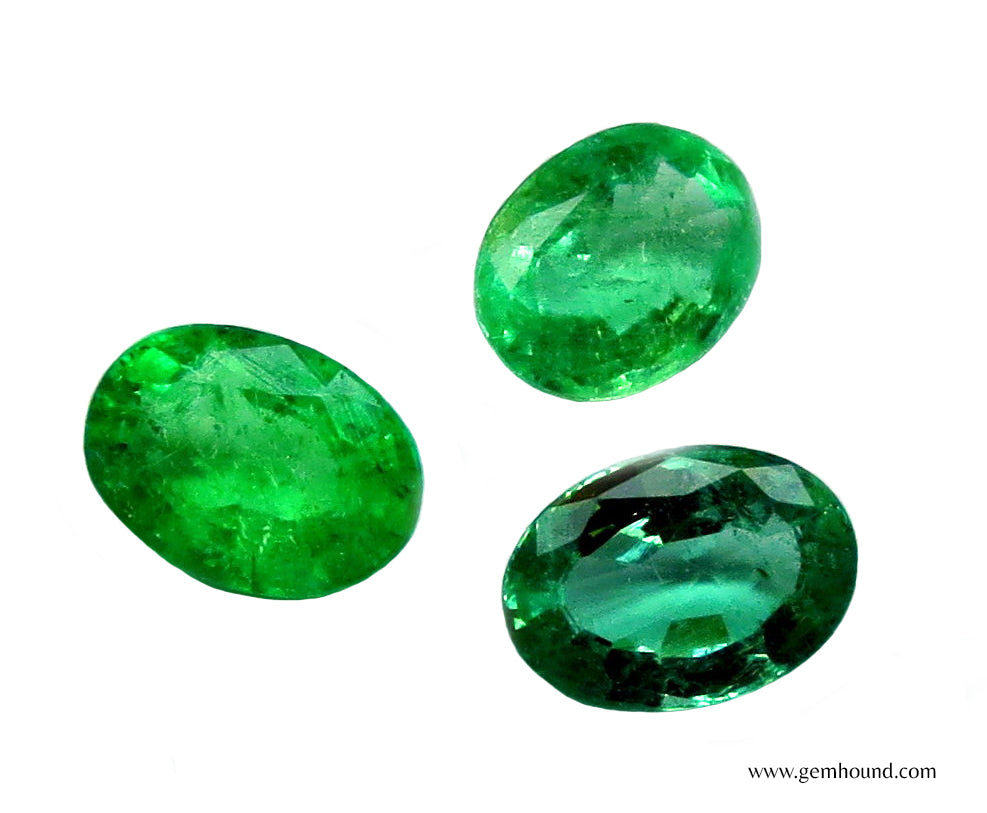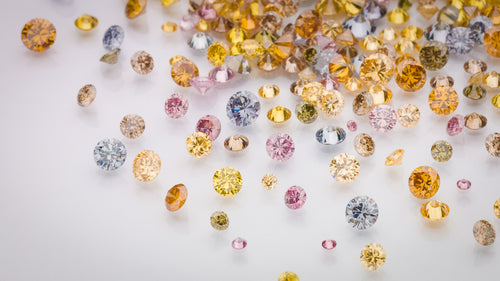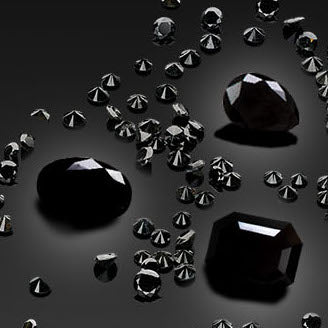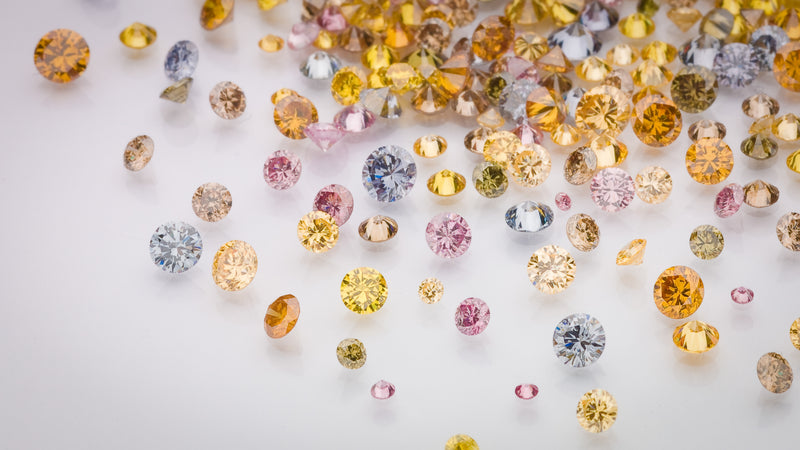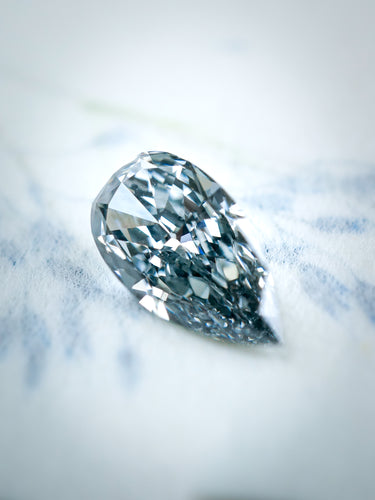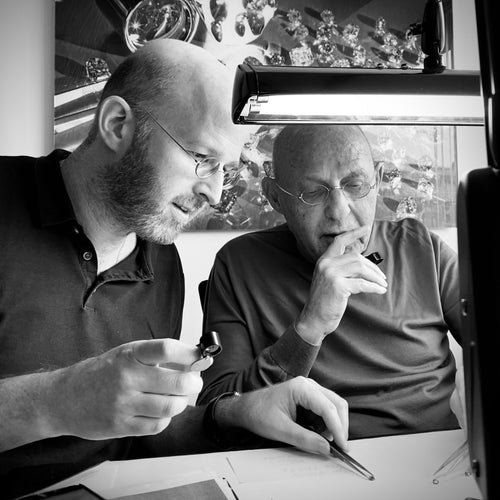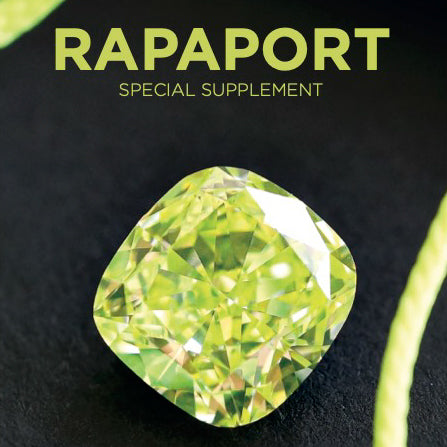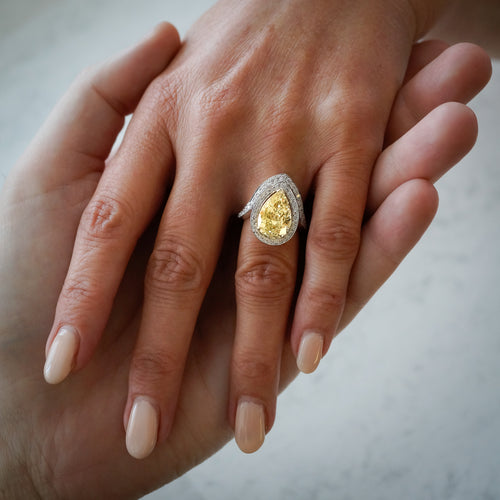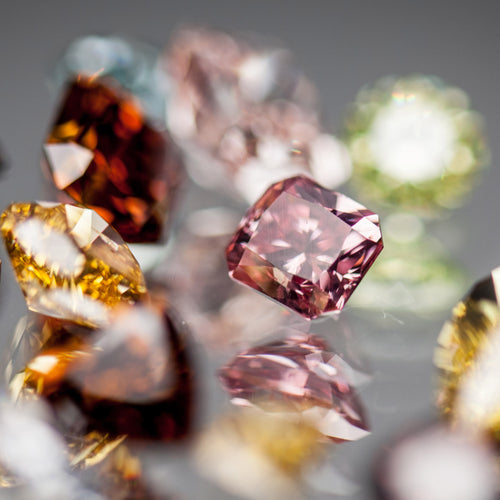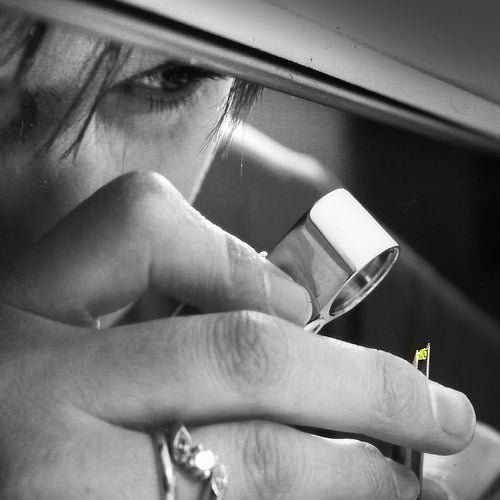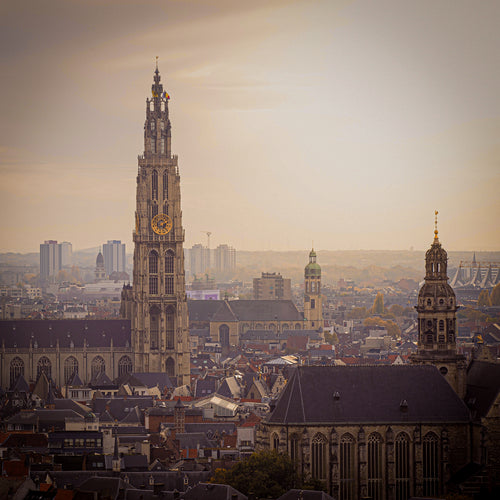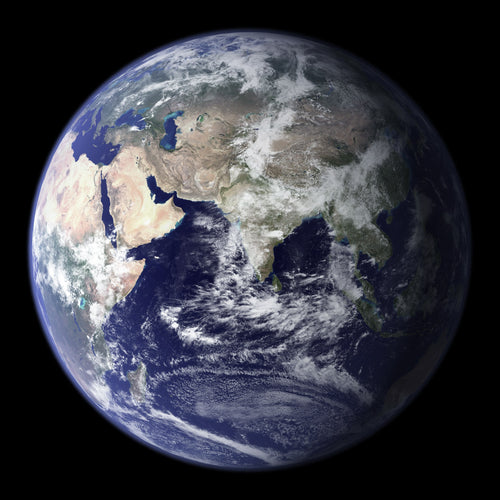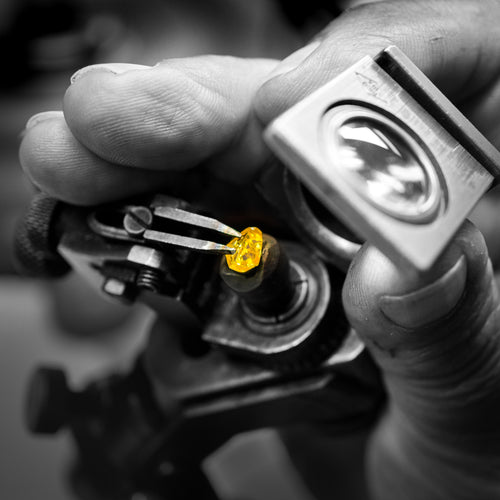The first obvious fact one can notice at first sight is that colored diamonds are always shinier than other colored stones. Additionally, diamonds are generally smaller than other colored stones: big color diamonds are rarer, which explains why they are much more expensive.
There are four types of precious stones: diamonds, rubies, sapphires and emeralds. Each type has its own specific chemical and physical properties. Diamonds are made from carbon, rubies and sapphires from alumina and emeralds from beryllium.
Diamonds make up a category of their own. They exist in over 300 colors and are the rarest and most precious type of stone.
The three other types of precious stones - rubies, sapphires and emeralds - are all referred to as "colored stones".
Scientifically speaking, rubies and sapphires are the same mineral (corundum). Both are made of alumina and oxygen, but they just differ in color. When a corundum is red, it is classified as a ruby, and when it’s blue, it is called a sapphire. However, when colored differently, the color is mentioned as a prefix to the sapphire ( i.e. yellow sapphire). As for emeralds, they are made of beryllium (beryls).
Rubies are red colored mainly because of the presence of the chromium element.
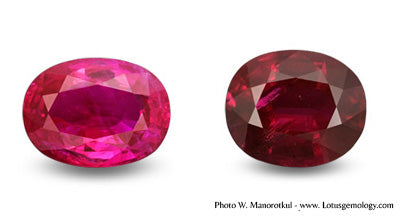
Sapphires are blue when they contain traces of iron and titanium.
Tiny amounts of other elements such iron, titanium, chromium, copper, or magnesium, can cause the color of sapphires to vary (yellow sapphires, pink sapphires...)

Emeralds are green colored because of tiny amounts of chromium and sometimes vanadium.
